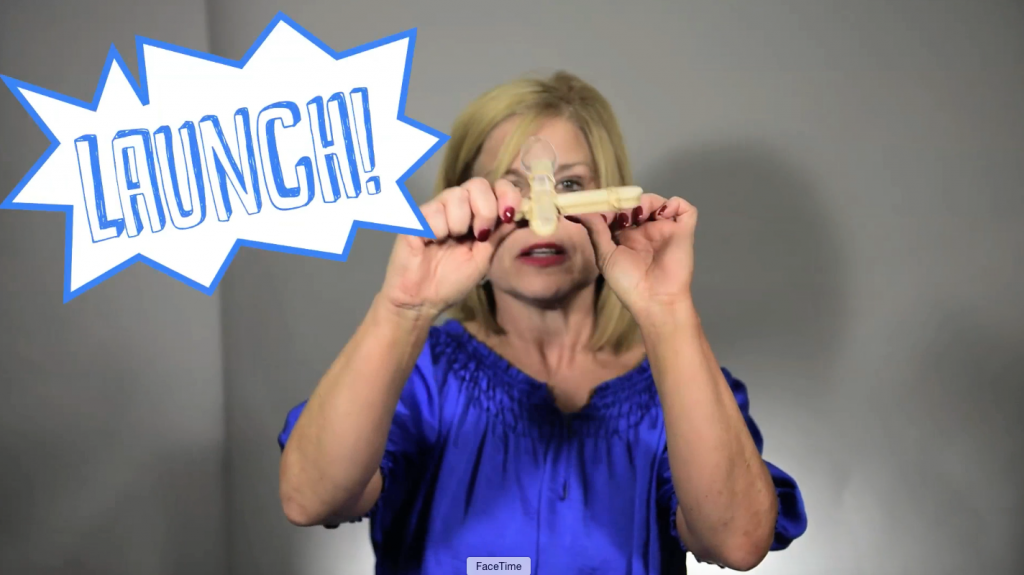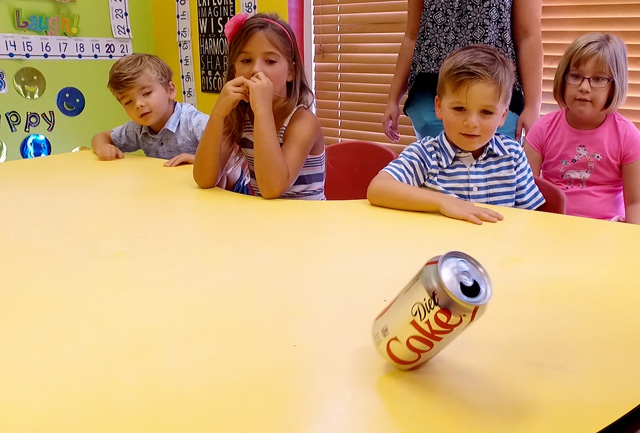We’ve all experienced it. That time when you look at your students and realize they are not at all focused on what you are trying to teach them. The elbows are falling off tables and the heads bob as many are drifting off into the ever so needed nap.
So what do you do? Part of a teacher’s repertoire should be various activities to use for brain breaks. Most are physical, but some can be academic related in a creative way.
What are Brain Breaks?
Brain breaks are short mental breaks taken during regular intervals during classroom instruction. Usually brain breaks are no longer than five to seven minutes. They are quick whole-class activities that give students opportunities to move and interact with one another.
Why do Brain Breaks?
The basic purpose of a brain break is to get kids refocused and ready to move on to the next learning activity. Brain breaks mobilize different networks of the brain. They allow the student to use different parts of the brain, which help restore focus and increase attention and focus.

Ideas for Brain Breaks:
Heads and Tails
Students stand in a group or at their desks. The teacher calls out true or false statements. If the students think the statement is true, they put their hands on their heads. If they think it is false, they put their hands on their bottoms. If the guess is incorrect, they are out. The last person standing wins the game.
Timed Chatter
Allow the students to get up and chatter for three to five minutes. They love this one!
Line Up!
Have students line up using specific criteria, such as age, birthday, alphabetically.
Plates
Give each student a paper plate. Students walk around the room balancing plates on their heads. If a student drops his plate, he must freeze until another student picks it up and places it back on his head.
Five Minute Science Ideas

Freddie’s Marshmallow Launch from the Fuddlebrook book, Freddie’s Dance Lesson. Keep the catapults made. Kids can launch various small objects and learn about force and motion all while having fun and MOVING!

The Mysterious Leaning Can Investigation from the Fuddlebrook book, A Case of Gravity. Pass out empty soda cans. Have students work in small groups to see if they get the can to balance at an angle. This only takes a few minutes and kids LOVE it!

Liza’s Moving Arrows from the Fuddlebrook book, The “Eyes” Have It. Draw two arrows on an index card two inches apart. Place an empty glass in front of the card. The arrows will be pointing the same direction. Slowly pour water into the glass until it covers the bottom arrow. The arrow reverses itself. This gets the class excited and they want to try it!
These are just some of the many science activities found in the Fuddlebrook Science Series.
So play games, get moving, and let science be an energizer in your classroom! One thing we know for sure, brain breaks need to be a part of a balanced curriculum!

